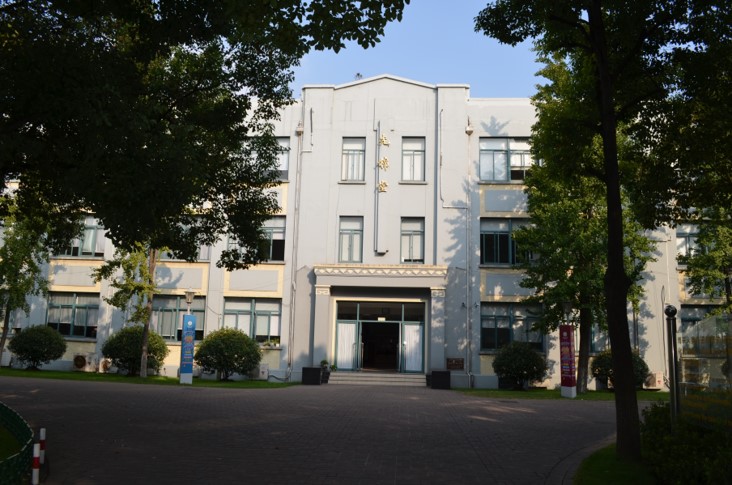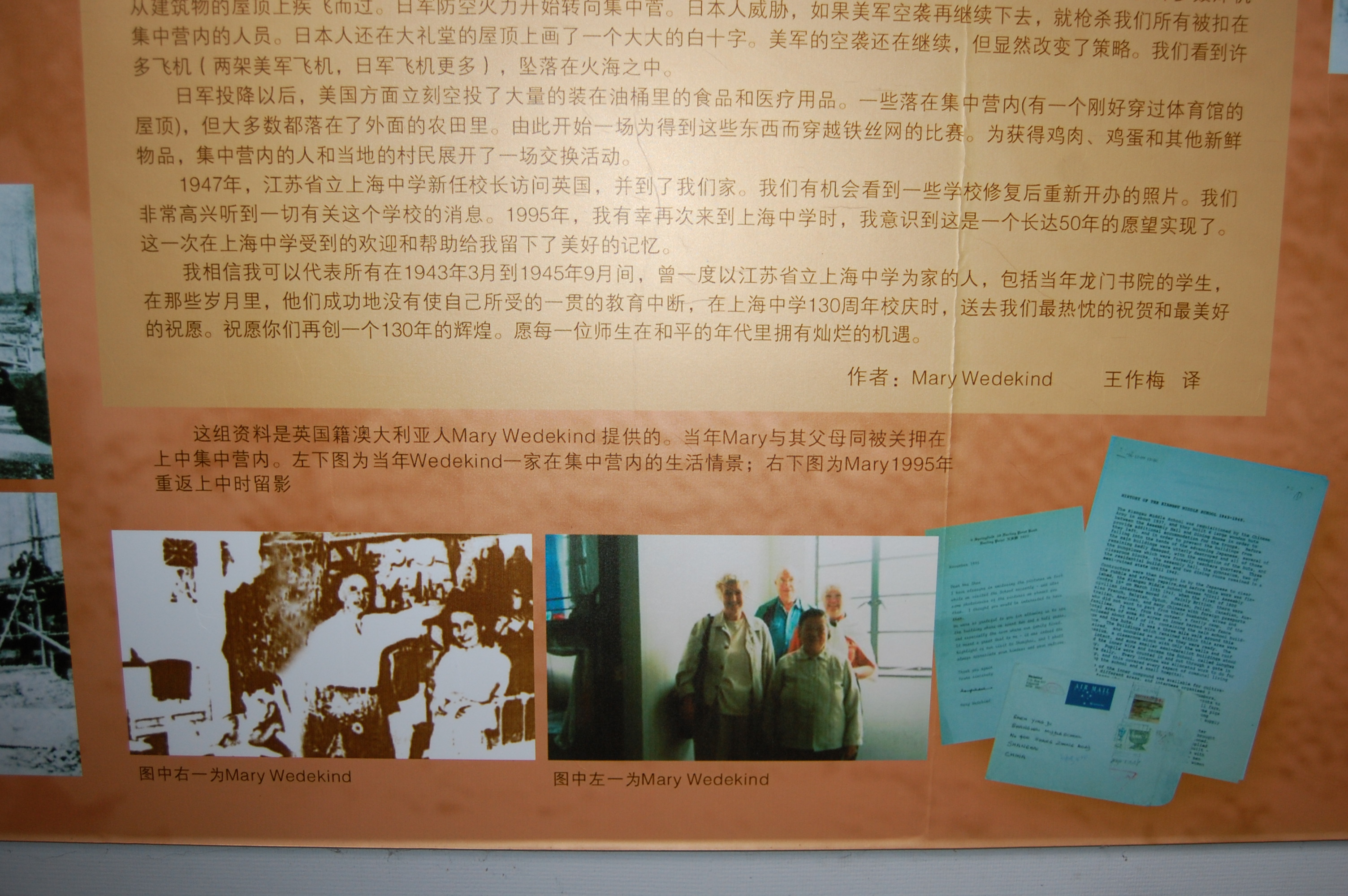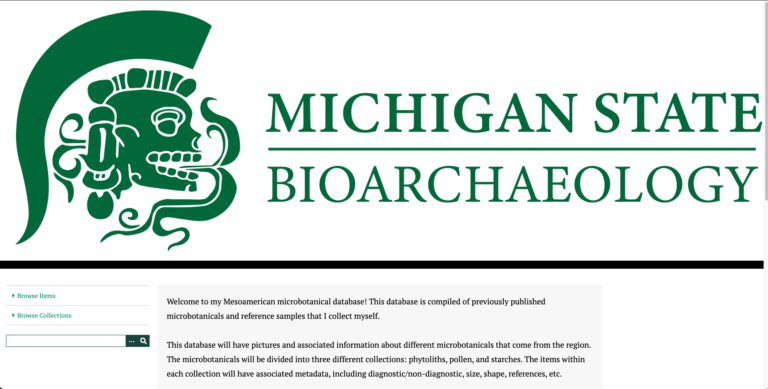The Longhua Civilian Assembly Center: 1943 to 1945
Summer 2018 Seed Grant Funding Report
Submitted by Daniel Fandino and Erica Holt
Summary of seed grant activity
The summer seed grant from DH@MSU allowed for the collection of photos, documents and other information on the Longhua Civilian Assembly Centre in Shanghai, China.
Background of the Longhua Civilian Assembly Center
This project aims to preserve the history of the former Longhua Civilian Assembly Center through the creation of a publicly accessible digital archive. The Longhua Civilian Assembly Center served to house close to 2000 foreign residents of Shanghai from 1943 to 1945 while the city was under Japanese control during the Pacific War. Once the wartime situation turned against Japan in 1943, foreign nationals who had been trapped in Shanghai by the start of hostilities between Japan and Western nations were sent to various labor camps including Longhua. The Longhua Center has notably been depicted in American popular culture, as the writings of author and former internee J.G. Ballard were the basis for the Steven Spielberg film Empire of the Sun.
Although the preservation of the memory of the Longhua Centre is driving force behind this project, the digital archive on the Longhua Center will also serve to document the history of civilian internment in Shanghai and to highlight the connection between World War II in East Asia with the twilight of American and European involvement in China through the old treaty system. The collection of images and materials from the Longhua Centre is made possible by the location chosen for the Centre. Japanese authorities opted to use an existing school complex on the outskirts of Shanghai that had been abandoned with the initial attack on the city in 1941. After the war, the complex was returned to use as a school. Today Shanghai High School now occupies the grounds and some of the buildings of the former Longhua Center. The school is owned and operated by the Shanghai city government which has shown little interest in maintaining the original buildings or preserving the history of the Center. This is partially due to the fact the Longhua Centre occupies a difficult position in the way the Chinese government has sought to frame the memory of the war.
The Longhua camp was operated by the military forces of Japan to house non-Chinese foreign nationals. The foreign residents of Shanghai, including Japanese citizens, enjoyed extraordinary privileges within China due to a series of unequal treaties. Most foreign nationals resided in the special autonomous enclaves of the Shanghai International Settlement or the French Concession. The existence of these settlements was linked to the treaties imposed on China by Western nations, which remains a difficult topic in China along with the memory of Japanese actions during the Second Sino-Japanese. As the Chinese government has sought to focus the national narrative on the impact of the war on the Chinese people, the story of the Longhua Centre does not fit neatly into this history. It is worth noting that conditions in the Longhua Centre were reasonable for most internees as they were able to maintain a semblance of normal life through leisure activities and holiday events, although it was far from ideal and still a prison.

Over the years buildings such as the blockhouses which housed the internees have been destroyed without documentation, occasionally over the protests of teachers working at the school. A small museum on the grounds of the school with the only visible mention of the Longhua Center on the entire campus was removed in 2012. The construction and modernization of the school facilities has rendered parts of the campus unrecognizable from the 1943 – 1945 state of the Longhua Center. One section of campus has been turned into an entirely separate educational institution.
Summer project overview
Despite the measure of fame brought to the Longhua Camp by the film Empire of the Sun, available information on the camp is sparse and scattered across different platforms. Most of what is online is in the form of articles discussing life in the center, J.G. Ballard, or the connection to the Spielberg film. Many sites that are dedicated to World War II history have simply copied the Wikipedia entry for the Centre, which itself focuses on a description of the physical layout of the Centre as it existed in during World War II and today. A few American universities have photographs or artifacts, but as part of a larger collection on East Asia or World War II. Any effort to document the remaining buildings is difficult, as entry to the grounds is restricted as it is an operational school serving students from 1st grade to 12th grade.

This project benefited from the participation of members of the faculty of Shanghai High School International Division who have expressed interest in assisting in the creation of an archive of the Longhua Center’s history. This allowed for photography and other work to be done on site by persons authorized to be on campus and familiar with the history of the Longhua center. Members of the faculty have been interviewed to provide context for their attempts to teach the history of the school and the failed teacher-led attempts at preservation, as the question of how Shanghai chooses to preserve the memory of the Pacific War and of foreign intervention is connected to the slow deconstruction of the Longhua site.
Challenges and Future Directions
The material collected falls into two general categories. The first are photos of the Shanghai High School campus from a span of approximately 10 years, focusing on the 1945 structures. The second are wartime images of the Centre, comprising of personal photos and images of documents such as Christmas programs. The present and former teachers who provided the modern photographs were able to give time and dates as to when the pictures were taken and of what structures. However, the second category included photos and documents that were collected over time and in some cases passed along from instructor to instructor with no explanation as to their origin or provenance. Aside from the question of ownership, the people depicted in the photos are generally unknown. The documents submitted are also scans of photocopies or photos of a photo of a document. Metadata for each photo is being worked on. The last step for the initial phase of this project is the construction of the archive site. Once the site is launched, an update will be added to this report.

As mentioned previously, the disinterest of the Shanghai government and Shanghai High School in maintaining the Longhua site as a historical site has resulted in the displacement of an unknown number of artifacts and papers. One of the more difficult future aspects of this project concerns the status of the items that were once part of the small on-campus museum. Although some images exist of the museum exhibits, the school administration has proven to be reticent to discuss the status of the items. Interest in the Longhua Centre has been kept alive by interested foreign nationals and the teaching staff of Shanghai High School who occasionally give tours of the campus. All these efforts have been off the books—tolerated by the school administration but not expressly supported or condoned. There may be more documents than the ones displayed in the museum, but the possibility also exists that any materials have been lost through lack of preservation or because of the uncertain position the Centre occupies in the school administrations vision of how to depict the history of the school. Efforts will be made to ascertain the whereabouts of the museum exhibits and photograph them if possible. Given the capabilities of the Digital Scholarship Lab, 360 images will be taken of the campus over the course of 2019. These images will be used to create a walkthrough of the school grounds, using historic images and commentary to give an impression of the Longhua Centre during the war. Longhua was not the only internment center in Shanghai. However, due to presence of Shanghai High School, the Longhua grounds are relatively intact and some materials are still extant. To place the Longhua Centre in context with the overall picture of civilian internment in Shanghai, the site will map out the remaining sites around the city.
In conclusion we would like to thank DH@MSU for their generous support. The DH@MSU summer seed grant allowed for the initial development of this archival project that will aid in preserving the story of the Longhua Civilian Assembly Centre.

